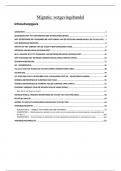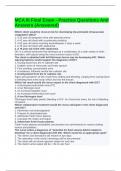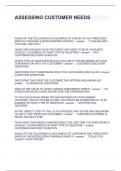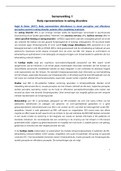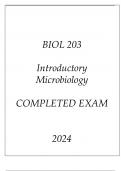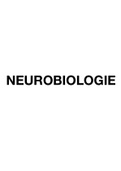Examen
NUR 631 Final Exam Questions and Answers Graded A 2025
- Grado
- Institución
Removal of part of the liver leads to the remaining liver cells undergoing compensatory - Correct Ans-Compensatory hyperplasia is an adaptive mechanism that enables certain organs to regenerate. For example, the removal of part of the liver leads to hyperplasia of the remaining liver cells (hepatoc...
[Mostrar más]





